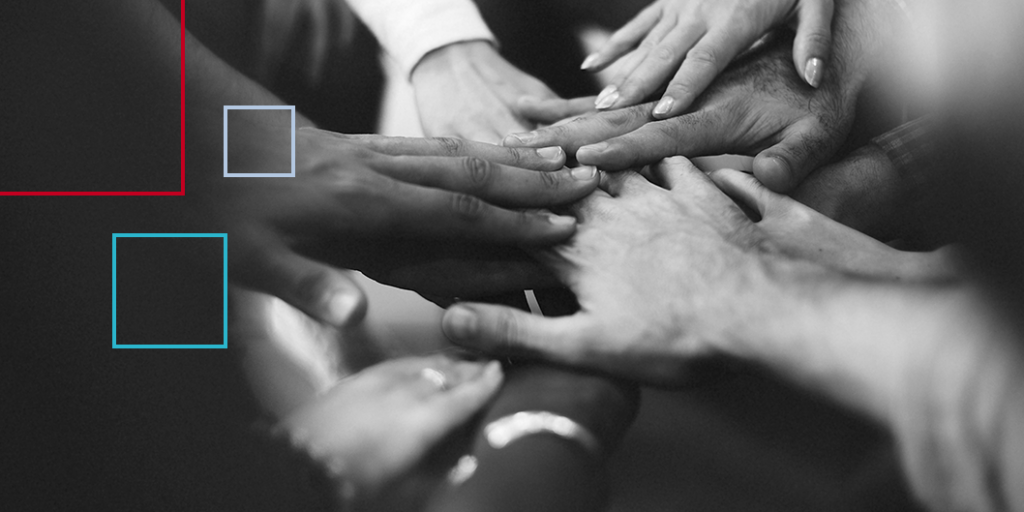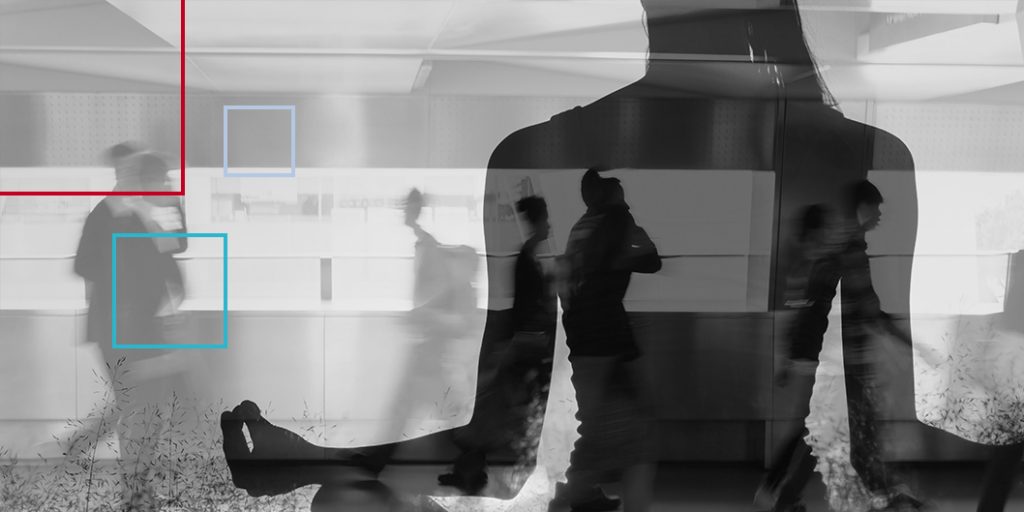How can a high performer increase confidence?

Ed asks: I’m a senior executive with a track record of high performance. My performance levels have led to interesting career growth opportunities as well as increasing amounts of responsibility over the years. Given all I’ve achieved, my peers and colleagues believe I have a high level of confidence. But, the truth is, I don’t […]
Working from Home: The Opportunity

by Sue Bethanis, CEO/Founder of Mariposa, [email protected], @suebethanis If you’re a knowledge worker living in the Bay Area and are not already working from home (WFH) by choice or by company policy, my guess is you soon will be. I suspect we will be following Seattle’s lead this week or next. I have been working […]
On “4 Ways to Train Your Brain to Be More Open-Minded”

There’s always more than one point of view. And now, in an ever-polarized world, it’s important to consider those that are not your own. According to John Brown, who was recently featured in the Fast Company article, “4 Ways to Train Your Brain to Be More Open-Minded,” truly being open-minded is actually a counter-intuitive mental […]
On “Here’s What Mindfulness Is (and Isn’t) Good For”

According to the media, the benefits of mindfulness have recently exploded into an ubiquitous cure-all for fixing our problems. As it happens, most of the research around mindfulness is not grounded in rigorous scientific evidence. In his recent Harvard Business Review article “Here’s What Mindfulness Is (and Isn’t) Good For,” Daniel Goleman found that less than […]
On “8 Tips for Tackling Political Stress Now”

Feeling stressed out by politics? According to a new survey by the American Psychological Association, 57% of their respondents said the current political climate is a very significant source of stress. Studies also show that nearly a third of people say they have been less productive at work since the election. Dr. Andrea Bonior, a […]
